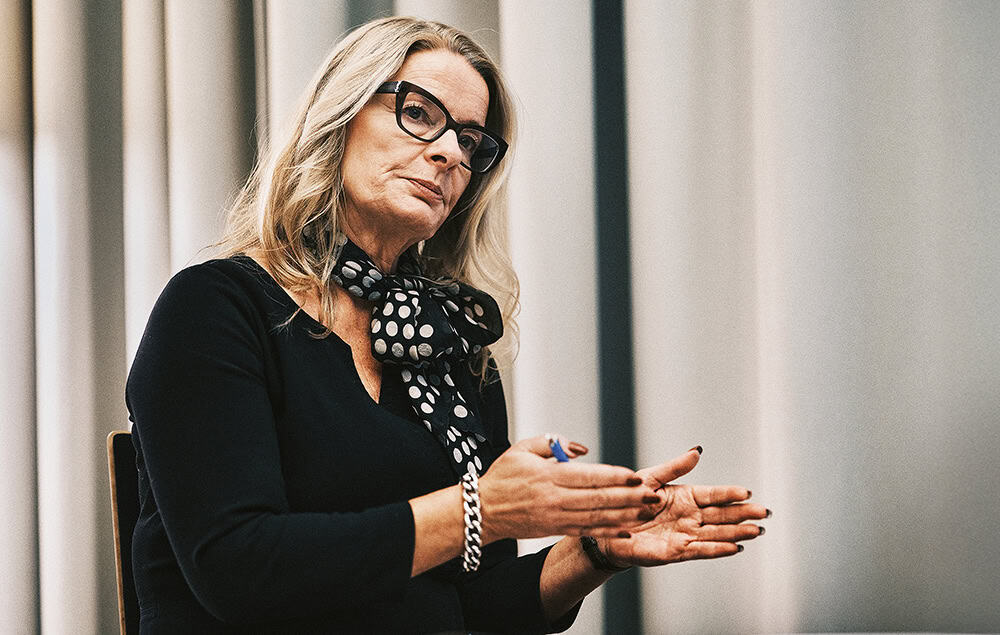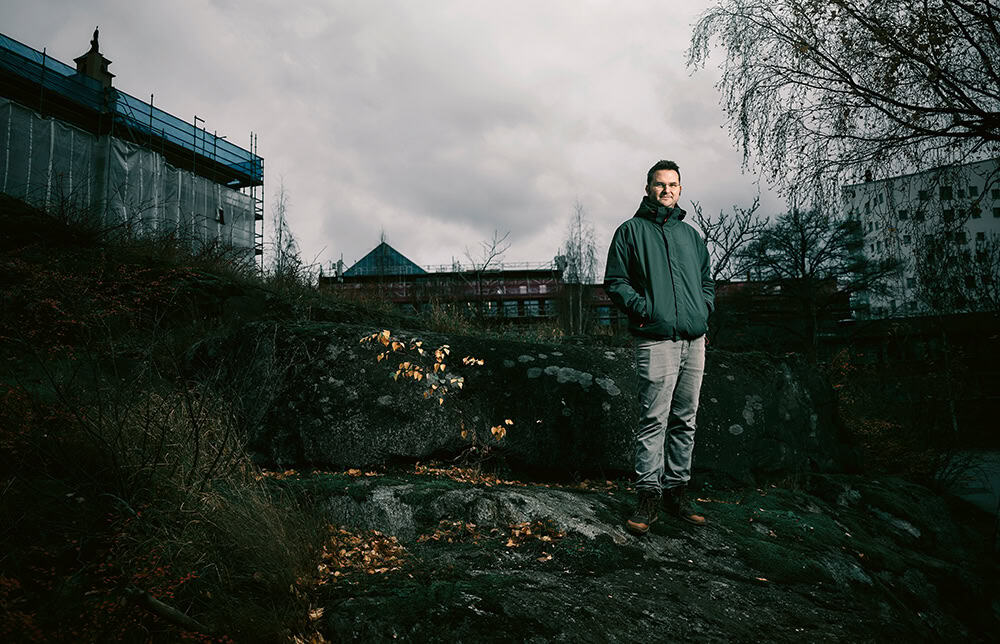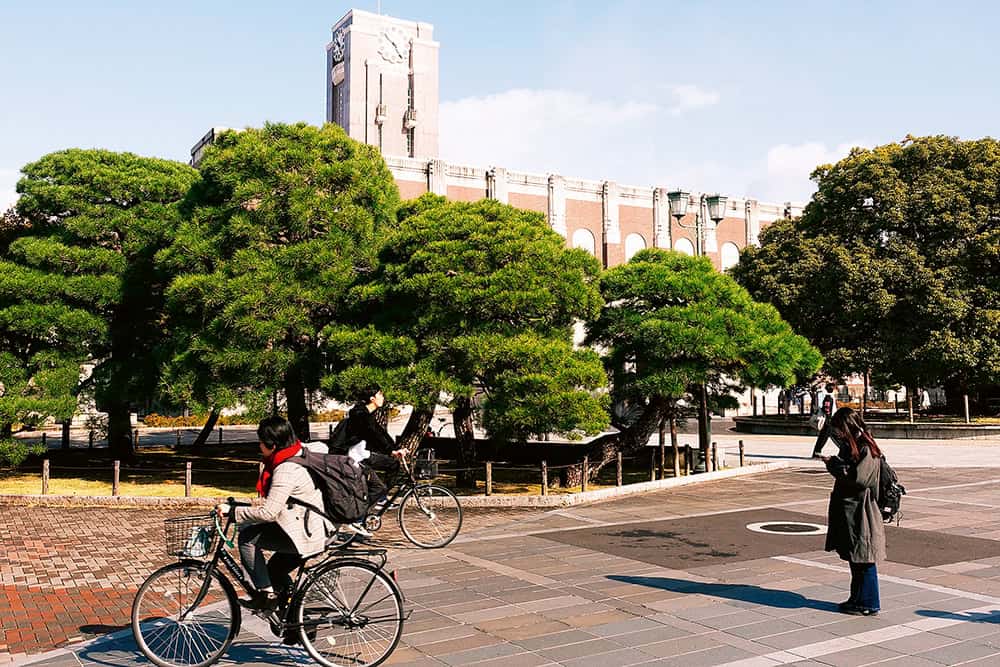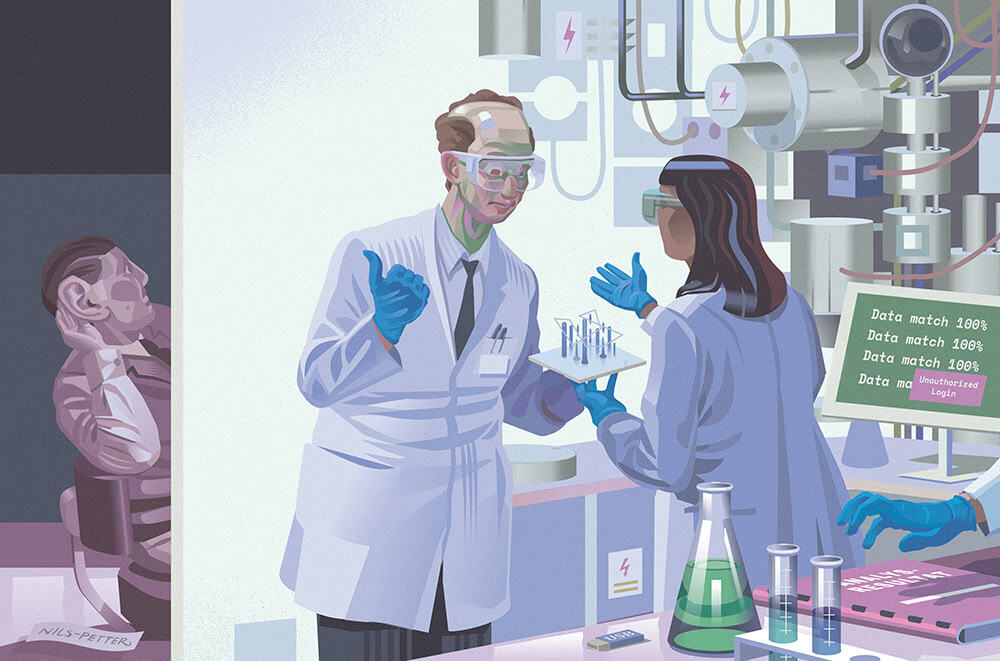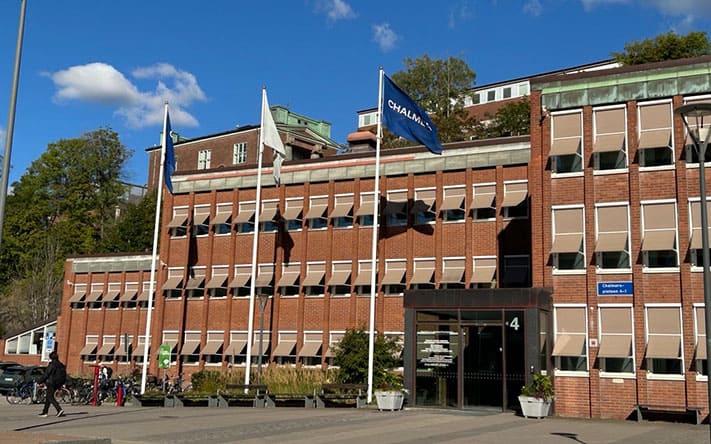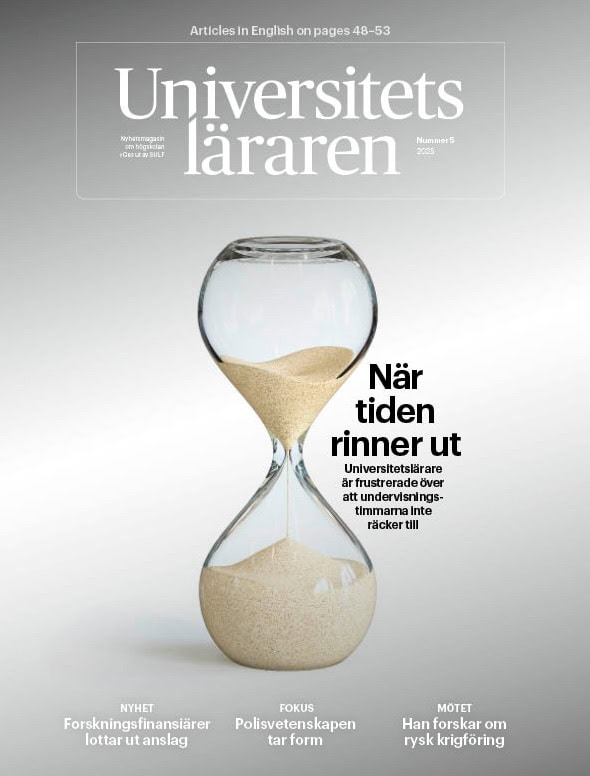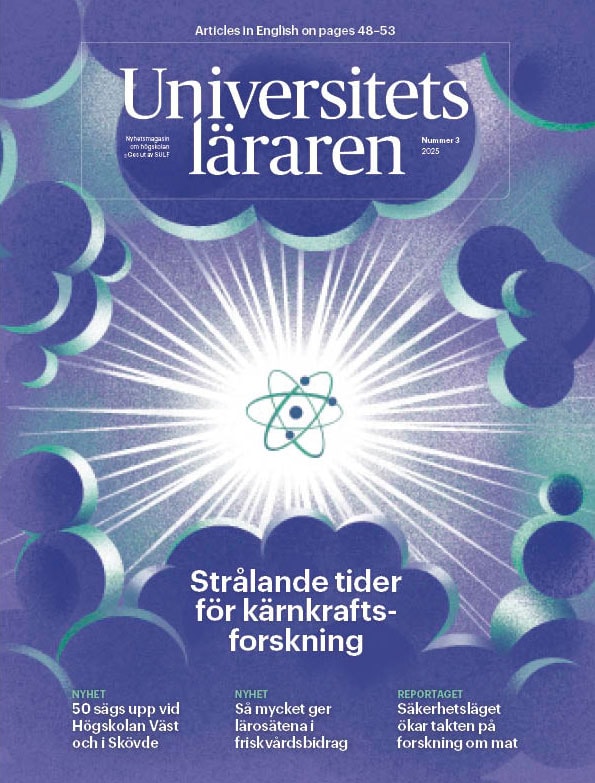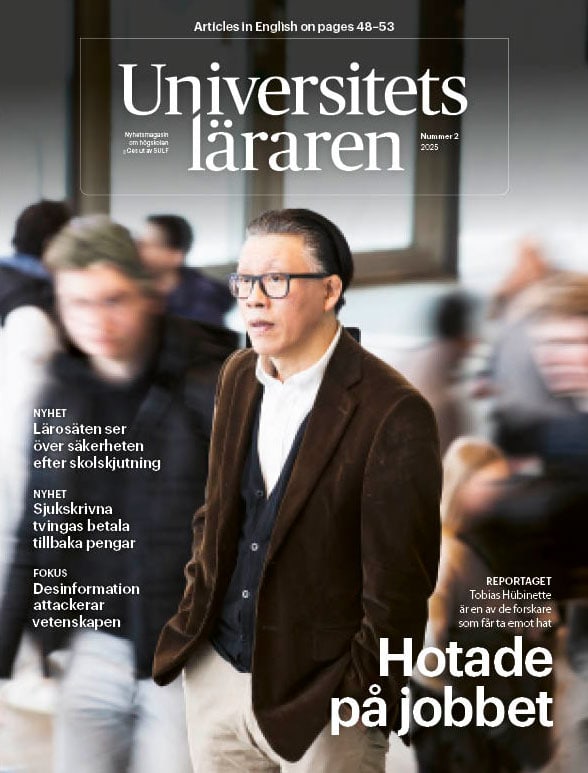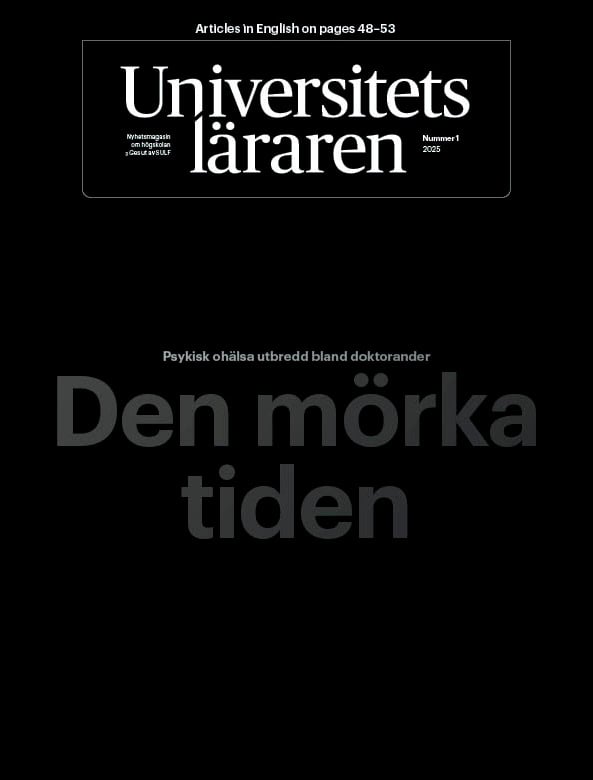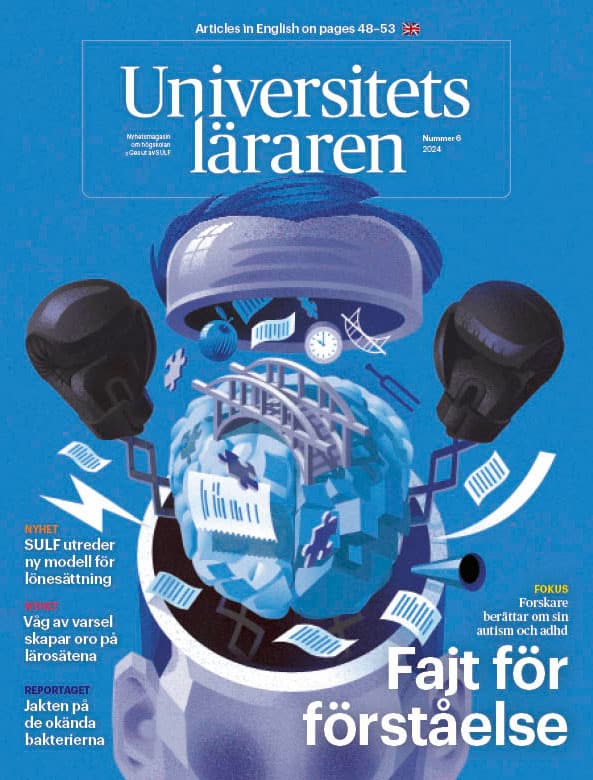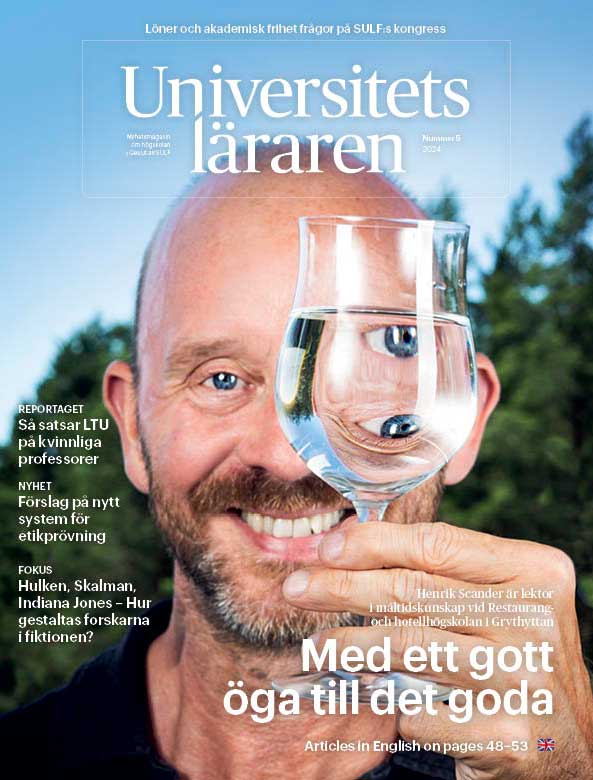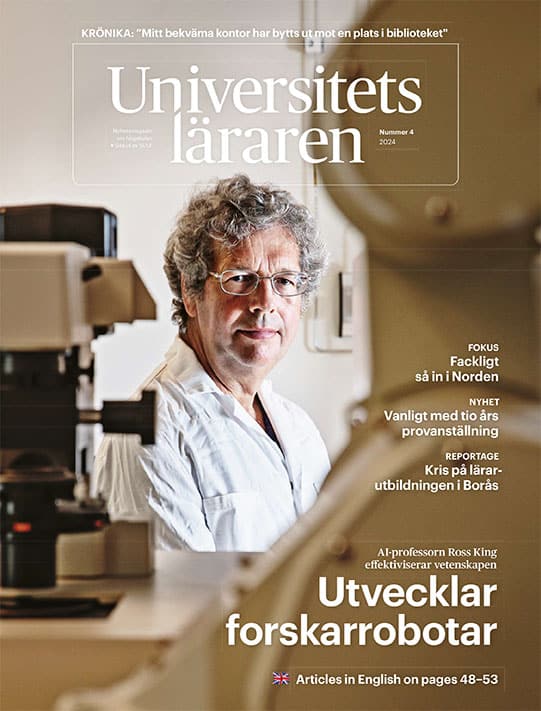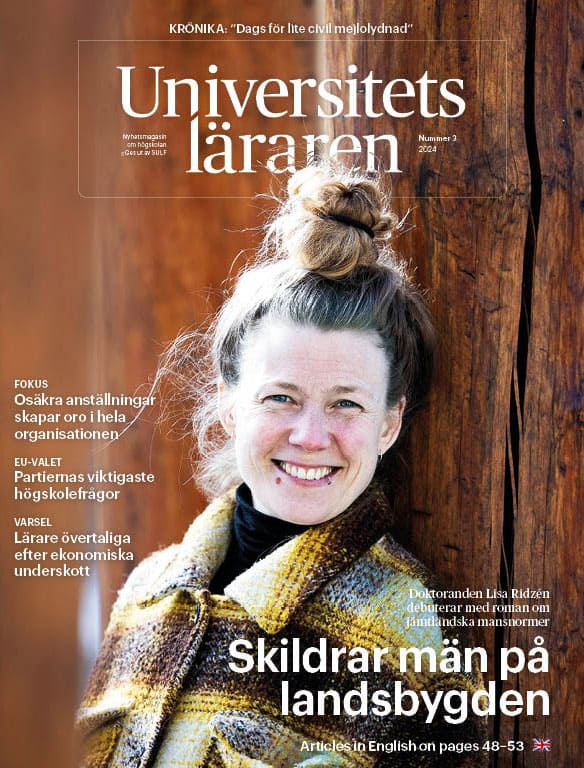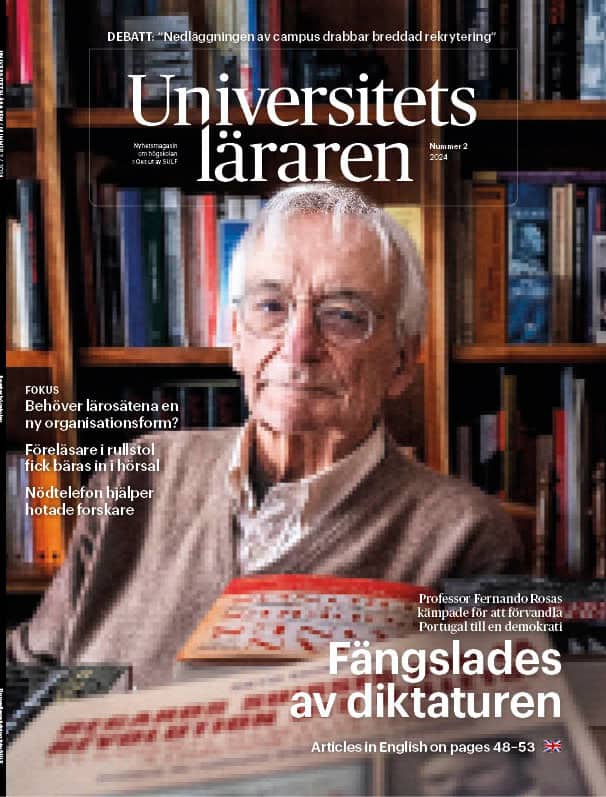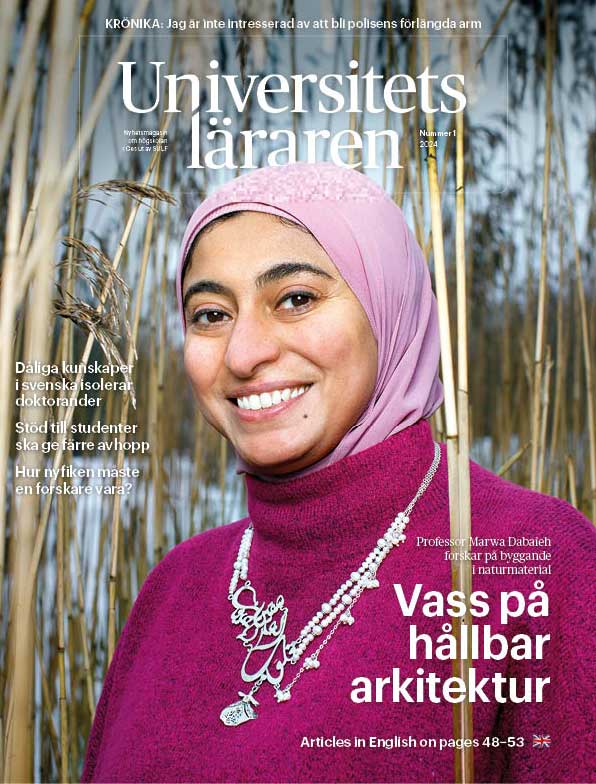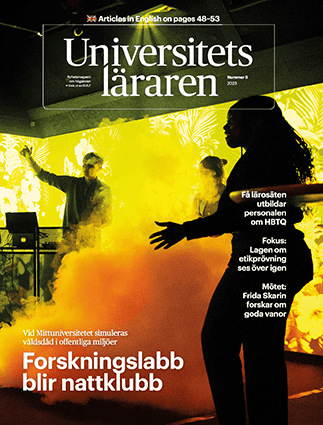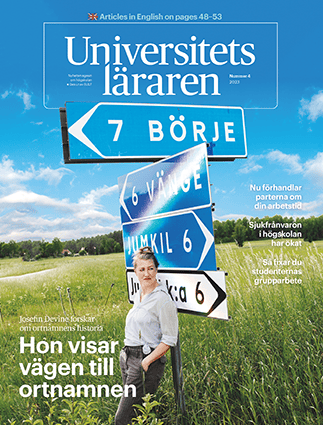My neighbour Agata and I were taking a walk together last week when she asked “Is there a big difference? I mean, there was online education before the pandemic too.”
Agata, who is a human resources manager at a large company, and I are from completely different types of organisation. We were discussing how the Corona pandemic has affected our work and changed the way we interact with the people involved in it.
The first wave of distance education came during the late 1990s, when courses could be recorded on CDs or DVDs and distributed. Then about a decade ago, with the increasing popularity and availability of computers, smartphones and high-speed internet, came the second wave in the form of online education. Now the third wave is here, triggered by the Coronavirus pandemic. Educational institutions around the world have been forced to stop their campus teaching completely and go fully online. Without the ability to offer online courses, educational institutions would have experienced a complete shutdown during the pandemic.
I thought about Agata’s question. Is there a big difference? Yes, I said, especially for the courses within the natural science and technology faculties. For most of these courses, laboratory work and/or project work is very important in order for the students to acquire practical knowledge and experience. Before the pandemic, there used to be a lab or project week on campus for online courses. Since this cannot be arranged now, all the practical tasks have been replaced by home assignments and simulations. This weakens the practical skills component of the learning outcomes of a course.
Since online is the new normal now, students’ approaches to online courses have changed somewhat. In one way, this is reflected in the number of questions posted on the course pages. In my observations, (and some teachers might have observed the opposite), students are asking significantly more questions during peri-pandemic courses compared with during the pre-pandemic online ones. They also engage more in discussions among themselves. This may be because students are mostly, if not always, at home due to the ongoing restrictions and guidelines. This allows them to spend more time on their studies, which is absolutely a positive thing. However, this also places demands on teachers’ time. In general, explaining a topic to the students in writing takes much more time than having a discussion in person on campus. Also, written communication is more challenging and always leaves gaps. Having online discussion sessions might help in some cases.
“What about your organisation?” I asked Agata. “Any changes?”
“We are concerned about the psychological issues and the mental health of the staff during the pandemic,” she said and turned to me again. “Have you noticed any changes in your students?”
It was good that she asked me, because I have noticed some changes. Since people are isolated and missing social interactions, sometimes students bring personal and informal topics into the discussions. I don’t remember having small talk about birthday parties, vacations or pets with my students during online sessions before the pandemic, but that happens sometimes now. It’s interesting how a pandemic can bring us all a little closer. At the same time, I have also noticed increasing stress levels. The situation at home, anxiety, fear of getting sick, lack of social life, we are all affected by these things. Students are no exception.
However, I want to believe that we will get over the pandemic soon and we will get back to our normal lives. It might have changed the world forever, but the pandemic itself will not stay forever. Agata agreed.
Reza Salim
Assistant Professor of Electronics,
University of Gävle



